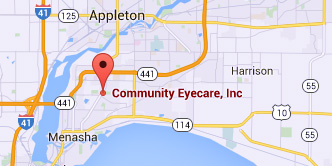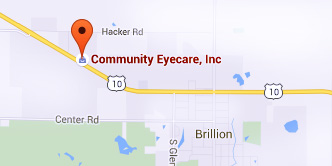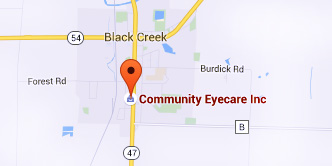Latest News & Promos
- Details
- Written by The Community Eyecare Team

Just like adults, children need to have their eyes examined. This begins at birth and continues into adulthood.
Following are my recommendations for when a child needs to be screened, and what is looked for at each stage.
A child’s first eye exam should be done either right at or shortly after birth. This is especially true for children who were born premature and a have very low birth weight and may need to be given oxygen. This is mainly done to screen for a disease of the retina...
- Details
- Written by The Community Eyecare Team

Sunglasses are more than just a fashion statement - they’re important protection from the hazards of UV light.
If you wear are sunglasses mostly for fashion that’s great, just make sure the lenses block UVA and UVB rays.
And if you don’t wear sunglasses, it’s time to start.
Here are your top 6 reasons for wearing sunglasses:
Preventing Skin Cancer
The strongest evidence that sunglasses provide a medical benefit is in preventing skin cancer on your eyelids. UV light exposure...
Patient Resources
Please Leave a Google Review
We sincerely appreciate our patients and welcome your feedback. Please take a moment to let us know how your experience has been.
Our Dry Eye Center
Northeast Wisconsin's Optometrists of Choice
Menasha Office
1255 Appleton Road
Menasha, WI 54952-1501
Phone: (920) 722-6872
CALL 1ST - NO WALK-INS
Brillion Office
950 West Ryan Street
Brillion, WI 54110-1042
Phone: (920) 756-2020
CALL 1ST - NO WALK-INS
Black Creek Office
413 South Main Street
Black Creek, WI 54106-9501
Phone: (920) 984-3937
CALL 1ST - NO WALK-INS
© Community Eyecare, Inc.: 3 Convenient Northeast Wisconsin Locations | Menasha, WI | Brillion, WI | Black Creek, WI | Site Map
Text and photos provided are the property of EyeMotion and cannot be duplicated or moved.




